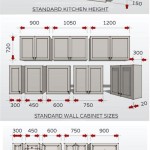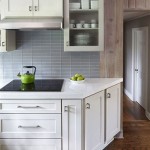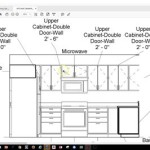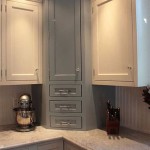Essential Aspects of Kitchen Cabinet Refinishing Techniques
Kitchen cabinet refinishing involves several essential aspects that significantly impact the outcome of the project. These aspects encompass the techniques, materials, and preparation methods used, as well as the proper execution of each step. Understanding these elements ensures a successful and visually appealing kitchen cabinet refinishing project.
This article will explore the critical aspects of kitchen cabinet refinishing techniques, providing insights into each element and its role in achieving a professional-looking finish. By considering these factors, homeowners and DIY enthusiasts can tackle their kitchen cabinet refinishing projects with confidence and achieve desirable results.
Proper Surface Preparation
Thoroughly preparing the cabinet surfaces is crucial before refinishing. This involves cleaning the cabinets, removing hardware and doors, and sanding the surfaces to create a smooth and even base for the new finish. Proper surface preparation ensures optimal paint or stain adhesion, preventing peeling, chipping, or uneven application.
Choosing the Right Paint or Stain
The choice of paint or stain significantly affects the final appearance of the cabinets. Paint provides a more opaque finish, allowing for a complete color change. Stains, on the other hand, penetrate the wood, enhancing its natural grain and providing a more transparent finish. Consider the existing wood species, desired color, and overall kitchen décor when selecting the appropriate paint or stain.
Applying the Finish
Applying the finish requires meticulous care and attention to detail. Use a high-quality brush or sprayer to ensure an even and smooth finish. Apply thin, even coats, allowing each coat to dry thoroughly before applying the next. Sand lightly between coats to ensure a smooth surface and prevent brush strokes or streaks.
Using a Topcoat for Protection
A topcoat is essential for protecting the new finish from wear, moisture, and chemicals. Choose a topcoat that is compatible with the paint or stain used and apply it according to the manufacturer's instructions. A durable topcoat extends the life of the refinished cabinets, preserving their appearance and functionality.
Additional Refinishing Techniques
Beyond the essential steps, there are additional refinishing techniques that can enhance the overall aesthetic of the cabinets. Glazing involves applying a translucent glaze over the paint or stain, adding depth and dimension to the finish. Antiquing techniques create a distressed or aged look, adding character and charm to the cabinets.
By understanding and considering these essential aspects of kitchen cabinet refinishing techniques, homeowners and DIY enthusiasts can confidently embark on their projects, transforming the look of their kitchens and creating a stylish and functional space.

Cabinet Refinishing An 8 Step Guide For Pro Painters Ppc

Cabinet Refinishing Guide

7 Expert Tips For Flawless Kitchen Cabinet Painting

9 Step Guide To Diy Kitchen Cabinet Refinishing

How To Refinish Cabinets Like A Pro

How To Paint Kitchen Cabinets Like The Pros

8 Tips For A Professional Looking Finish On Your Cabinets Cabinetdoors Com

Painting Kitchen Cabinets Best Tips For A Factory Smooth Finish In My Own Style

Kitchen Cabinet Refacing Options And Tips

Popular Cabinet Painting Techniques Cabinets Painted Furniture Makeover
Related Posts








